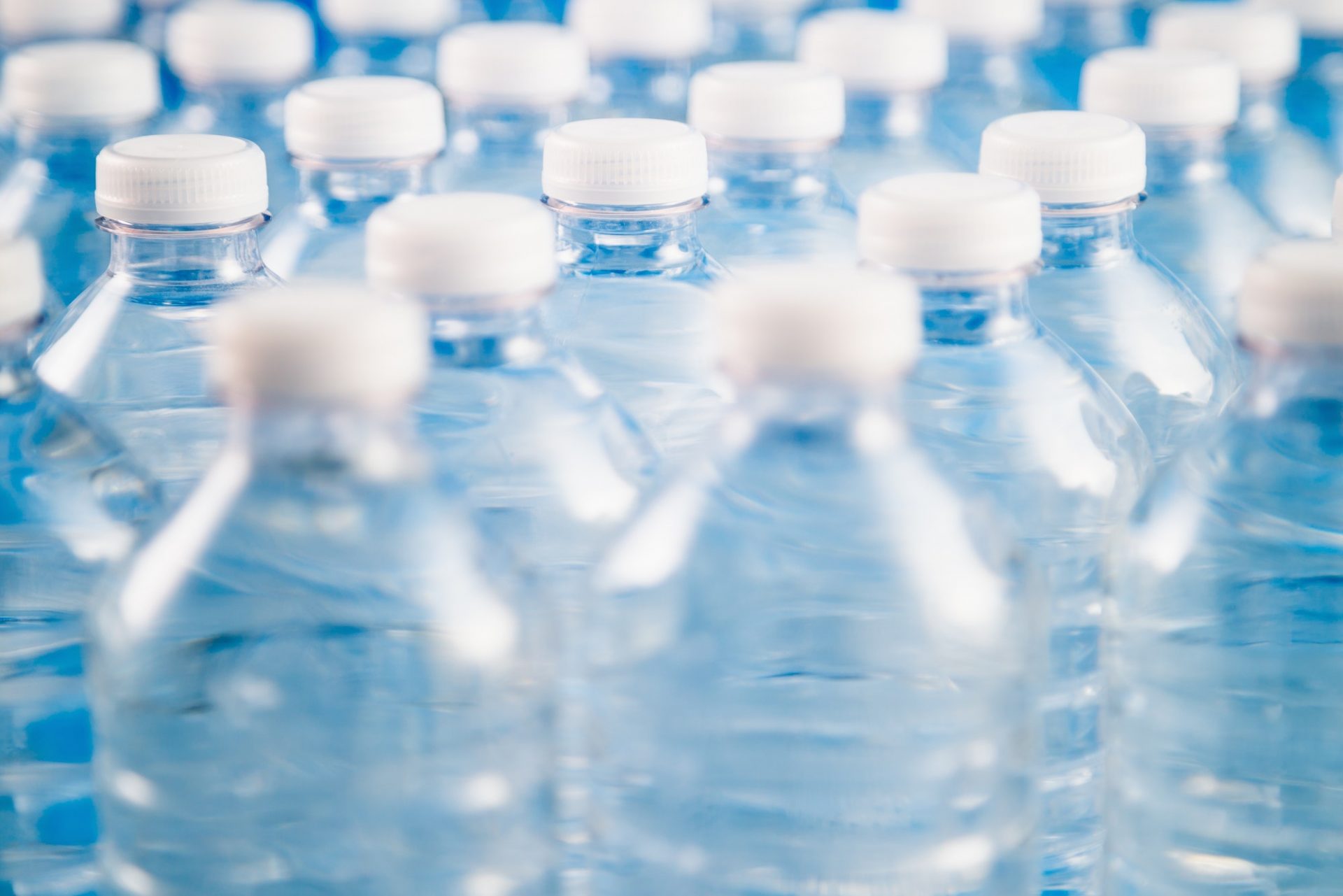Actiw automated CCEN’s production warehouse for
Maximized utilization of existing warehouse with high handling capacity
Customer: Coca-Cola European Partners Norway
Country: Norway
Coca-Cola European Partners Norway (CCEPN) is the Norwegian Coca-Cola bottler and Norway’s largest producer of non-alcoholic beverages. Previously as Coca-Cola Enterprises Norway (CCEN) the facility operated both as a production warehouse and as a direct-store-delivery distribution center.
The system delivers
100%
inventory control
Business challenge: Increase the efficiency and flexibility of the bottling operations
CCEN had a sprawling conventional low-level warehouse comprising buildings of various heights. Storing of products was primarily based on block stacking. Due to lack of storage capacity at their site, CCEN was renting warehouse capacity offsite causing additional handling and distribution costs. Therefore the existing warehouse operations needed a significant upgrade to cope with CCEN’s future goals to increase the efficiency, flexibility and capacity of the bottling operations. They wanted to have more flexibility in terms of; future product innovations and package diversity, potential business fluctuations, volume growth in their core Stock Keeping Units (SKU) and to limit expensive overflow storage options.
CCEN saw the project as an opportunity to further improve safety and reduce human errors and operation interventions, and as a path to significantly improve inventory accuracy and dispatch efficiency.
However, it was crucial that the whatever warehouse upgrade was implemented, that CCEN’s and their customers’ daily operations would not be negatively affected.
The Challenge:
- High throughput
- High density storage capacity
- Low-level existing buildings
- Dynamic adjustment and operational flexibility to handle capacity and throughput variations

Solution: The unique automated storage and dispatch system with 21 000 net pallet positions
Following a review of available technologies CCEN selected Actiw’s unique dynamic storage technology for their operations. Actiw’s high density solution was able to provide 21 000 net pallet positions with no modifications to the existing low-level facility. The system has a high throughput capacity of 760 pallet movements per hour (input max 430 pallets / h, output max 330 pallets / h), running at 94% utilization of available pallet positions.
Actiw installed a dual-module system, that buffers, sorts, and stages palletized loads in an exact sequence. Outbound is pre-staged on 20 dual gravity lanes (equals 20 orders) with the truck drivers loading with electric hand pallet trucks.
The Actiw system was split into two separate units, facilitating a staged installation, commissioning program with the first high density system brought online to generate space for the second phase installation. This allowed the customer to continue day-to-day operations during installation and also giving resilience during normal operation.
The pallet flows from production lines and external bottlers (toll fillers) were grouped to three warehouse in-feed areas to simplify the conveyor system. The pallets are identified, and their profile and deflection are checked before transfer to one of Actiw input points. Approved pallets continue into the Actiw system. Unacceptable loads are routed to the reject spur for rework and return to the system.
Actiws system’s storage algorithms direct Vertical Transfer Lifts (VTLs), Cross Aisle Transfers (CATs), and Deep Lane Transfers (DLTs) to position the incoming pallets within the system based on their retrieval time. This ensures that the next pallets required for output are at, or near, the output paths of the Deep Lanes for quick access.
The Results: More efficient and profitable storing and dispatch
The resulting warehouse is significantly more efficient, profitable, and environmentally friendly. The storing and handling capacity objectives were reached, and the need for outside storage was eliminated. The system was fully operational within 14 months, which was ahead of schedule. Automated handling also eliminated product damage. With each pallet stored separately and eliminating fork-lift handling the product damage problems they previously had with block stacking and manual handling have been eliminated.
The need for manual handling between the production lines and picking and dock area was minimized, the costs of logistics operations were thus decreased. With this flexible warehouse design, the customer is well equipped to meet future opportunities or potential changes within its product portfolio with increased efficiency.
Also, the new system delivers 100% inventory control. Despite a high automation level, system maintenance remains safe and simple, because normal periodic inspections and maintenance take place mainly outside the rack structure.

